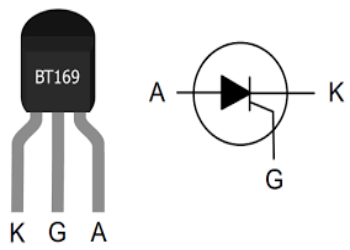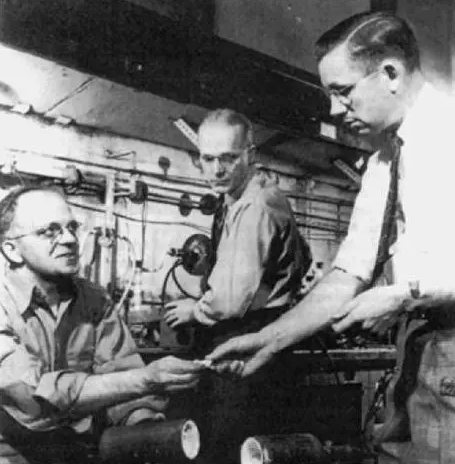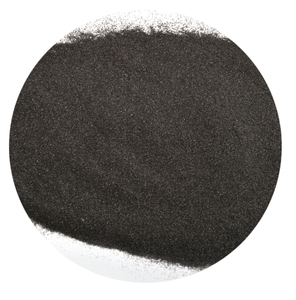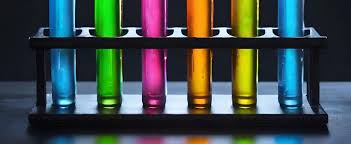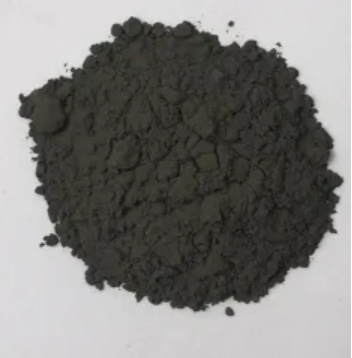Betaine surfactants
It is produced by the reaction of fatty tertiary amines and salt chloroacetate, including cocoylpropyl betaine, dodecyl betaine, cetyl betaine, and lauroyl propyl betaine. It is milder than the first 3 and is presently the primary surfactant in child hair shampoo.
In 1940, the American DuPont Business developed and applied this kind of compound. Like amino acid surfactants, this type of surfactant has solid detergency and reduced irritability, and the remedy is weakly acidic. Pet experiments have verified that this sort of compound is much less toxic. It is an ideal surfactant.
( surfactants in shampoos)
Amino acid surfactants
Made from a mix of coconut oil and amino acids, it is risk-free, mild, and non-irritating. One of the most crucial point is that it is naturally weakly acidic and fulfills the pH requirements of healthy skin and hair. It is the optimal surfactant in baby hair shampoo. They are “cocoyl glycine,” “cocoyl glutamate disodium,” and so on
From the perspective of chemical buildings, its pH value is between 5.5 and 6.5, which is weakly acidic and near the pH worth of human skin. Therefore, it is gentle and skin-friendly and suitable for all hair kinds; amino acid surfactants are zwitterionic and quickly soluble in water. It is easy to wash clean.
However it likewise has restrictions. Amino acid surfactants are several to loads of times a lot more expensive than average surfactants, and many are shampoos particularly created babies and young children. The drawbacks of amino acid surfactants are that they are not rich in foam and have weak decontamination capacity.
The sensation of solidification and turbidity of surfactants in wintertime is mostly due to the low temperature level creating several of its elements to take shape or speed up.
(surfactants in shampoos)
What happens if surfactant solidifies and ends up being turbid in winter season?
This is a physical phenomenon and does not have a significant influence on the efficiency of surfactants. In order to resolve this problem, the following techniques can be taken:
1. Increase the temperature level: Place the surfactant in a warm setting or increase its temperature by heating so that the taken shape or precipitated elements will gradually liquify and the surfactant will go back to a clear state. However, it needs to be noted that the temperature level should be avoided when heating up to avoid influencing the surfactant’s efficiency.
2. Stirring: For surfactants that have strengthened or ended up being turbid, they can be restored to an uniform state by mixing. Mixing can aid crystallized or precipitated components redisperse right into the liquid and improve surfactant quality.
3. Add solvent: In many cases, an appropriate quantity of solvent can be added to water down the surfactant, thereby boosting its coagulation and turbidity. Nonetheless, the included solvent ought to work with the surfactant and needs to not influence its use impact.
Supplier of Surfactant
TRUNNANO is a supplier of surfactant with over 12 years experience in nano-building energy conservation and nanotechnology development. It accepts payment via Credit Card, T/T, West Union and Paypal. Trunnano will ship the goods to customers overseas through FedEx, DHL, by air, or by sea. If you are looking for high-quality decyl glucoside, please feel free to contact us and send an inquiry.
Inquiry us
